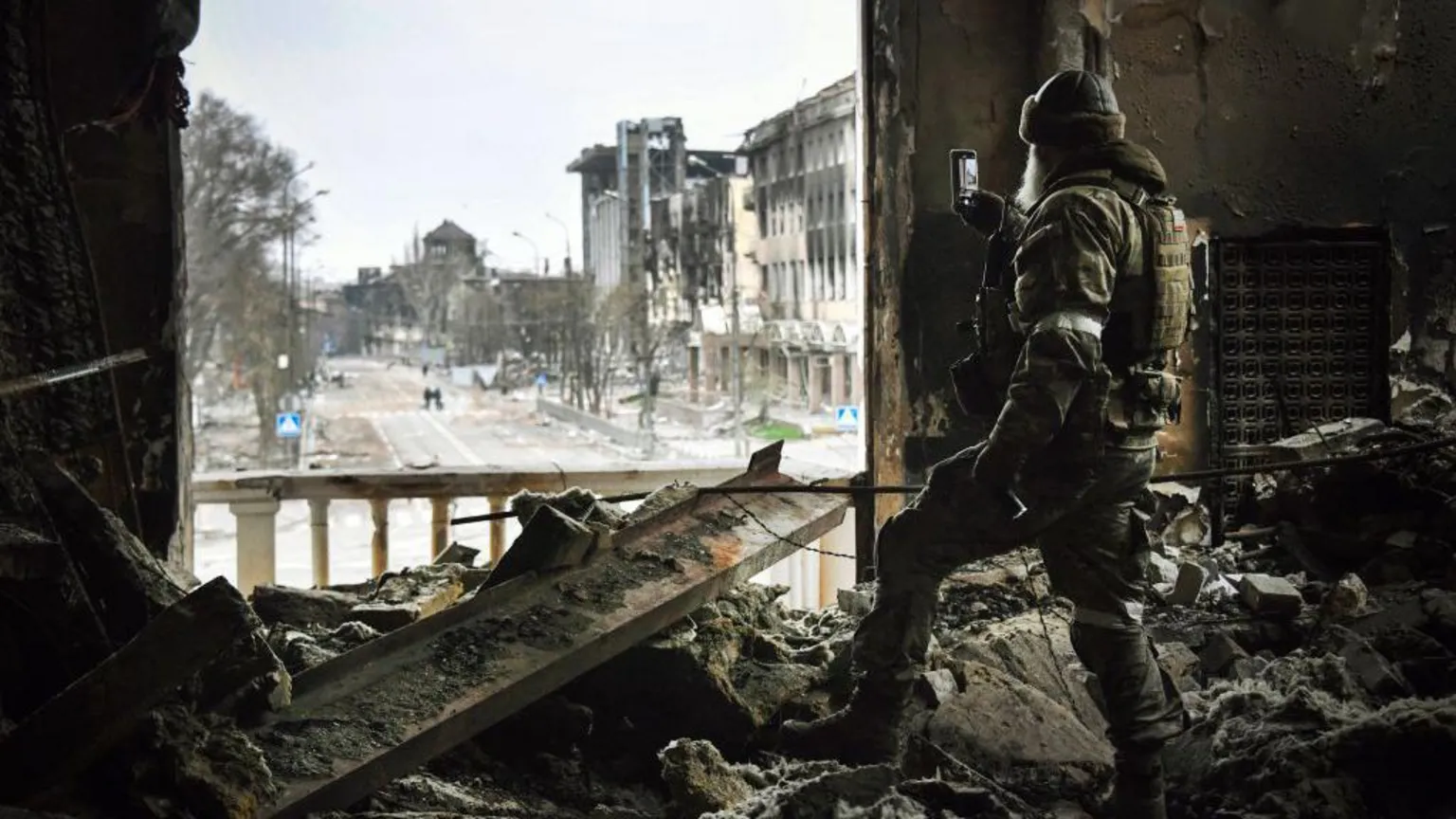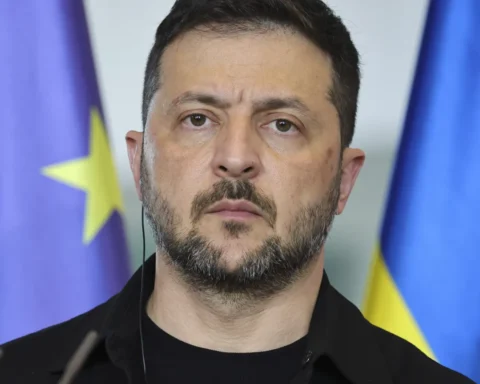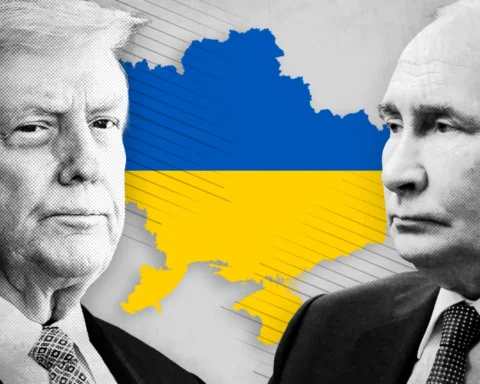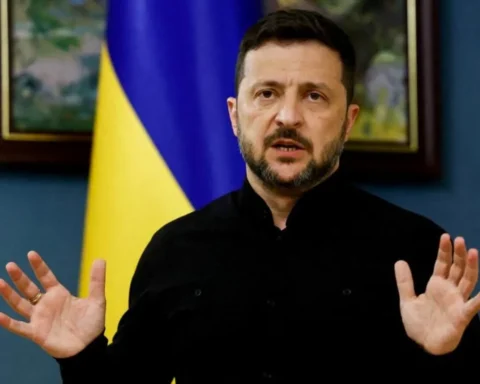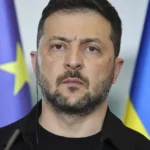Three years after Russian forces captured Mariupol following a devastating siege, Moscow now claims to be rebuilding the city. But for residents still living under occupation, the reality is far from the glossy image broadcast by Russian state media.
“What they’re showing on Russian TV are fairy tales for fools,” says John, a resident of Russian-occupied Mariupol whose name has been changed for safety. “Most of Mariupol still lies in ruins.”
John describes a city of crumbling buildings and superficial makeovers—facades repaired on a few central streets while surrounding neighborhoods remain in rubble. “Many people still live in half-destroyed apartments. The walls are barely standing.”
The siege in early 2022 killed thousands and obliterated nearly 90% of the city’s residential structures, according to UN estimates. But in recent months, pro-Russian influencers have shared videos presenting Mariupol as revitalized and peaceful—images many locals say are staged.
“They repaired a few buildings in the square,” says Olha Onyshko, who escaped to Ternopil. “But they didn’t even separate the dead from the debris. Bodies were just scooped up and hauled away with the rubble.”
Residents describe life in Mariupol today as harsh and degrading. Water is scarce and often discolored. “The water comes maybe two days a week,” says James, another local using an alias. “It’s yellow. Even boiled, it looks unsafe to drink. Sometimes it’s like Coca-Cola.”
The canal that once fed the city has long since been destroyed, and no reliable alternative has been established. According to Serhii Orlov, the deputy mayor of Mariupol in exile, residents now rely on untreated, unfit water that may not last.
Power cuts are routine. Food and medicine are prohibitively expensive, and basic healthcare is a luxury. “Insulin is nearly impossible to get,” James adds.
But for many, the most disturbing transformation is ideological.
Andrii Kozhushyna, who studied at a Mariupol university before fleeing, says schools are now teaching pro-Russian propaganda. “Textbooks claim entire Ukrainian regions—including Kharkiv, Odesa, even Dnipropetrovsk—are part of Russia,” he explains. “Lessons teach that Russia ‘liberated’ us from Nazis.”
Teachers who resist this curriculum are reportedly intimidated or dismissed. Soviet-style celebrations have returned, with children in military uniforms parading under Russian flags.
Despite the crackdown, resistance lives on. In hidden corners, Ukrainian blue and yellow graffiti emerges overnight: “Mariupol is Ukraine.” Both John and James say they are part of underground groups collecting intelligence for Ukraine’s military. They document troop movements, weapon transfers, and activity in industrial zones—often at great personal risk.
“We sabotage operations when we can,” James says. “We’ve disrupted the railway twice by setting signal boxes on fire.”
Security is a constant concern. Phones are checked at checkpoints. Residents regularly delete messages to avoid detection. “It’s like living in a movie,” James says. “A neighbor was taken off the street because someone claimed he was leaking information.”
Andrii had to flee after realizing he was exposed. “I saw a soldier showing my photo to a store cashier,” he recalls. “I left that night, passed through Russia and Belarus, and re-entered Ukraine from the north.”
Now, with renewed talks about a possible peace settlement, some international voices suggest Ukraine may need to cede land for peace.
To John, such a deal would be unthinkable. “Surrendering Mariupol would be betrayal,” he says. “People risk their lives every day not so that diplomats in suits can hand us over.”
Behind the staged images of progress lies a city still broken, grieving, and resisting. Its people remain defiant, determined to keep Mariupol Ukrainian—no matter the cost.

